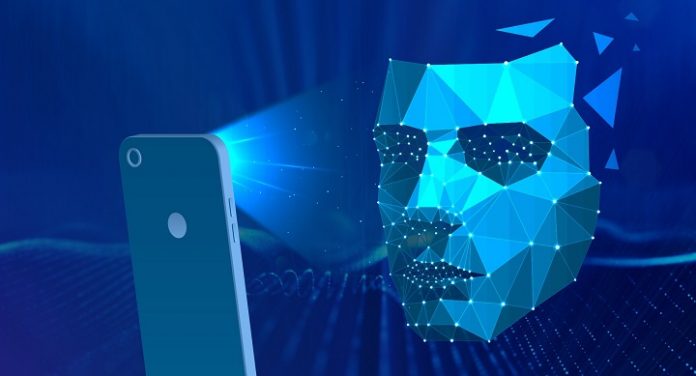Researchers at Uppsala University have developed a digital self-test that trains users to assess news items, images and videos presented on social media. The self-test has also been evaluated in a scientific study, which confirmed the researchers’ hypothesis that the tool genuinely improved the students’ ability to apply critical thinking to digital sources.
The new tool and the scientific review of it are part of the News Evaluator project to investigate new methods of enhancing young people’s capacity for critical awareness of digital sources, a key component of Digital Literacy.
“As a research leader in the project, I’m surprised how complicated it is to develop this type of tool against misleading information—one that’s usable on a large scale. Obviously, critically assessing digital sources is complicated. We’ve been working on various designs and tests, with major experiments in school settings, for years. Now we’ve finally got a tool that evidently works.” says Thomas Nygren, associate professor at Uppsala University.
The tool is structured in a way that allows students to work with it, online, on their own. They get to see news articles in a social-media format, with pictures or videos, and the task is to determine how credible they are. Is there really wood pulp in Parmesan cheese, for instance?
“The aim is for the students to get better at uncovering what isn’t true, but also improve their understanding of what may be true even if it seems unlikely at first,” Nygren says.
As user support, the tool contains guidance. Students can follow how a professional would have gone about investigating the authenticity of the statements or images—by opening a new window and doing a separate search alongside the test, or doing a reverse image search, for example. The students are encouraged to learn “Lateral Reading” (verifying what you read by double-checking news). After solving the tasks, the students get feedback on their performance.
When the tool was tested with just over 200 students’ help, it proved to have had a beneficial effect on their ability to assess sources critically. Students who had received guidance and feedback from the tool showed distinctly better results than those who had not been given this support. The tool also turned out to provide better results in terms of the above-mentioned ability than other, comparable initiatives that require teacher participation and more time.
Apart from practical tips such as opening a new search tab, doing reverse image searches and not always choosing the search result at the top of the hit page (but, rather, the one that comes from a source you recognize), Nygren has a general piece of advice that can help us all become more critically aware in the Digital World:
“Make sure you keep up to date with information and news from trustworthy sources with credible practices of fact-checking, such as the national TV news programs or an established daily newspaper. It’s difficult and arduous being critical about sources all the time.”








